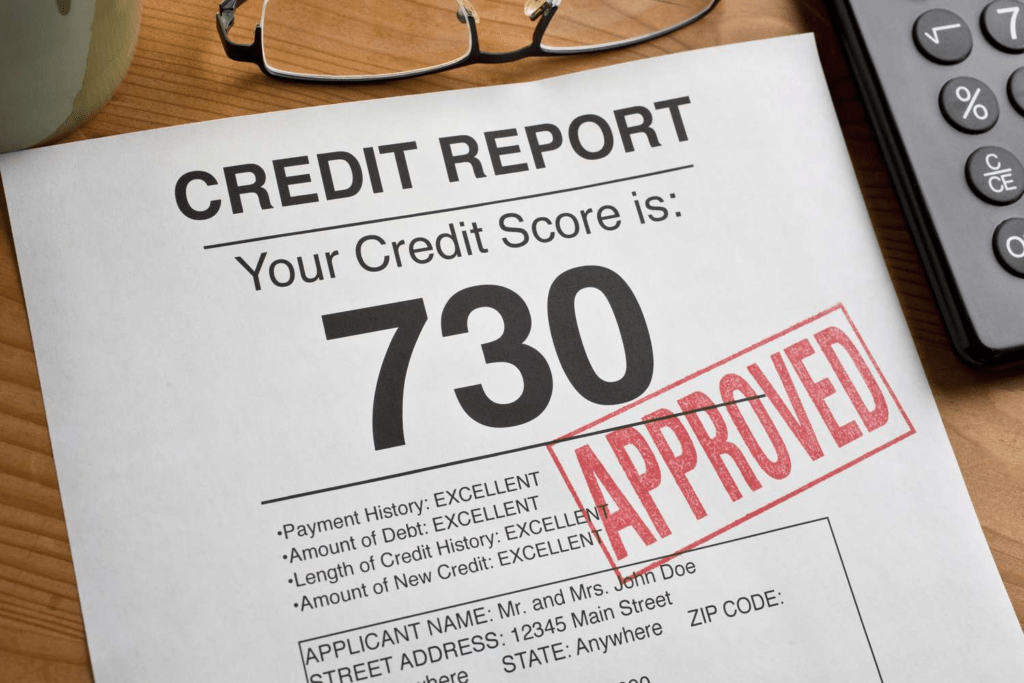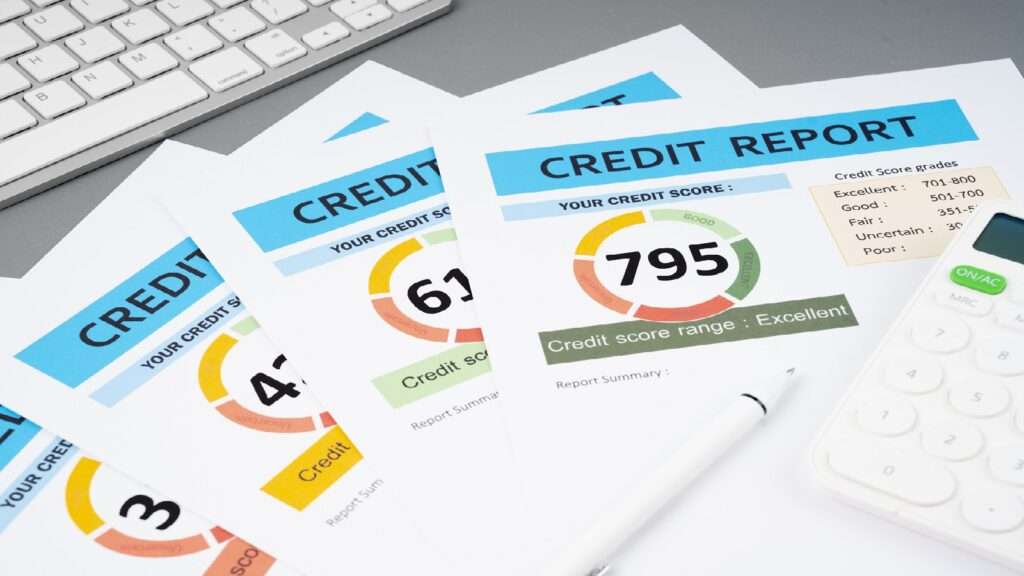Your credit report is a vital piece of your financial identity. It contains information about your borrowing history, including loans, credit cards, and any delinquencies or defaults. Negative items on your credit report can significantly lower your credit score, making it difficult to qualify for loans, rent an apartment, or even get a job. But what if there are errors on your report, or negative information that’s past its prime? Here’s a guide on how to remove negative items from your credit report and improve your financial standing.
How to Remove Negative Items From Your Credit Report Yourself
The good news is you have the right to dispute any inaccuracies on your credit report. Here’s a step-by-step approach to tackling them yourself:
- Get Your Free Credit Reports: You’re entitled to a free credit report from each of the three major credit bureaus (Equifax, Experian, and TransUnion) every year.
- Review Your Reports Carefully: Scrutinize each report for any errors or inconsistencies. Look for incorrect account information, late payments that shouldn’t be there, or accounts you don’t recognize.
- File a Dispute: If you find an error, you can dispute it directly with the credit bureau. Most bureaus offer online dispute options, but you can also submit a dispute by mail. Be sure to include clear and concise information about the error, along with any supporting documentation you have.
- Follow Up: The credit bureau is obligated to investigate your dispute within 30 days. They will contact the creditor who provided the information and request verification. Stay persistent and follow up with the credit bureau if you don’t hear back within a reasonable timeframe.
- Negotiate a Goodwill Deletion: If the negative information is accurate but reflects a past issue you’ve resolved (e.g., a single late payment on a long-standing account), you can try negotiating a goodwill deletion with the creditor directly. Explain the situation, demonstrate your current responsible credit behavior, and politely request they remove the negative mark.

How to Remove Negative Items From Your Credit Report After 7 Years
Most negative items will stay on your credit report for seven years from the date of the last activity on the account. This applies to delinquencies, collections, and charge-offs. However, there are exceptions:
- Bankruptcy: Chapter 7 bankruptcy generally remains on your report for 10 years, while Chapter 13 stays for seven years.
- Tax Liens: These can linger for up to seven years after they are satisfied, plus any additional time it takes to collect the debt.
Here’s what you can do once the seven-year mark has passed:
- Monitor Your Reports: Continue to check your credit reports regularly to ensure the negative items have been removed automatically.
- Dispute If Necessary: If an item remains after seven years, dispute it again with the credit bureau, highlighting the fact that it has exceeded the legal reporting timeframe.
How Long Does It Take To Remove Negative Items From Your Credit Report
The timeframe for removing negative items depends on the validity of your dispute and the creditor’s response. Here’s a general breakdown:
- If the Dispute is Valid: If the credit bureau verifies your claim, they should remove the negative item within 30 days of receiving your dispute.
- If the Dispute is Invalid: The credit bureau will notify you and the creditor of their findings. The negative item will likely remain on your report. Consider negotiating a goodwill deletion with the creditor at this point.
- If Additional Investigation is Needed: The investigation process can take longer, especially if the creditor requires additional time to gather information. It’s crucial to follow up with the credit bureau during this time.
Additional Tips:
- Consider Credit Repair Services: If tackling the dispute process yourself seems daunting, consider getting help from a reputable credit repair service.
- Maintain Good Credit Habits: While you’re working on removing negative items, focus on building a positive credit history. Make timely payments on all your accounts, keep your credit utilization rate low, and avoid opening unnecessary lines of credit.
Should You Consider a Credit Repair Service Like Polosploits?
We’ve discussed the DIY approach to removing negative items from your credit report. But what if you find the process overwhelming or simply don’t have the time to handle disputes with credit bureaus? This is where credit repair services like Polosploits come in.
What is Polosploits?
Polosploits is a company that offers credit repair services. They help clients remove inaccurate negative items from their credit reports and improve their credit scores.
Here’s what Polosploits might do for you:
- Review Your Credit Reports: They’ll analyze your credit reports from all three bureaus and identify potential errors or discrepancies.
- Dispute Inaccuracies: They’ll handle the dispute process on your behalf, communicating with credit bureaus and creditors.
- Negotiate Goodwill Deletions: They will attempt to negotiate with creditors to remove negative items that are accurate but reflect past issues.
- Credit Monitoring: Polosploits offer credit monitoring to keep you updated on any changes to your reports.
Before opting for a credit repair service, consider the following:
- Cost: Credit repair services typically charge monthly fees. Make sure the cost aligns with your budget and the service’s value proposition.
- Success Rates: Legitimate services should be transparent about their success rates.
You have the right to dispute errors on your credit report yourself, free of charge. Credit repair services can be helpful, but they shouldn’t be seen as a shortcut.
Here’s a suggestion:
- Try the DIY Approach First: Follow the steps outlined earlier to remove negative items yourself.
- Consider Credit Repair Services If Needed: If you find the process too complex or are unsuccessful in your disputes, a reputable service like Polosploits might be worth considering.
Ultimately, the decision of whether to use a credit repair service like Polosploits is yours. By understanding your options and weighing the pros and cons, you can make an informed choice that aligns with your financial goals.



